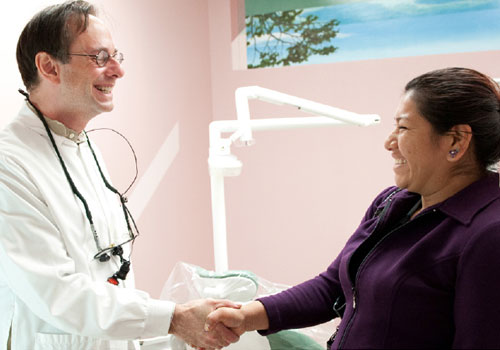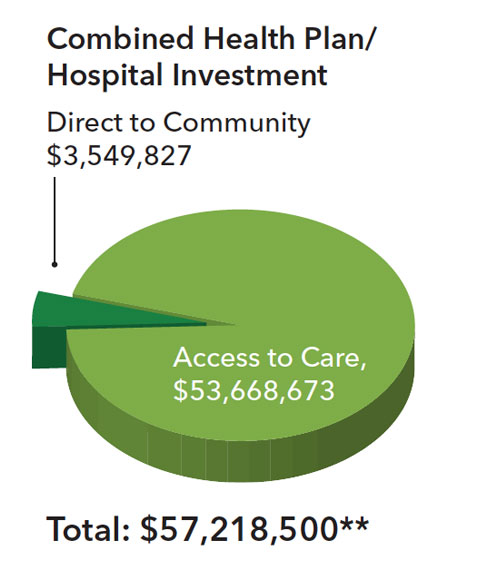KAISER PERMANENTE’S COMMITMENT TO
ROSEVILLE
Building Healthy Communities Is Our Mission
Kaiser Permanente's work in the community uniquely combines investments from our health plan as well as our hospitals and often includes medical expertise, health research, clinical programs, and volunteers.

By the Numbers
57,218,500
Total community investment
53,668,673
In charitable care and coverage
3,549,827
In grants, donations and services **
8,891
Students and adults reached through Educational Theatre
106,076
invested in Thriving Schools programs and activities *
837
Physicians and employee volunteers
Examples of Our Investments
Kaiser Permanente provided the Latino Leadership Council a $30,000 grant to help them improve access to health, vision, and dental services for uninsured individuals. Promotoras (community health workers) coordinate clinic appointments, lab work, prescriptions, and support services.
Placer People of Faith Together received a $20,000 grant to train clergy and key community leaders in how to help persons who are in crisis or developing a mental illness. The training helps participants learn about the signs, symptoms, and risk factors of mental illnesses and addictions as well as how to connect people to professional and self-help resources.

* Made through or partially through EBCF
** Additional EBCF investments not reflected in this figure
Priority Health Needs
Access to Health Care
Provide programs for low-income and uninsured people; support local community clinics and other organizations that help patients receive culturally sensitive assistance and care-coordination.
Increase Healthy Eating and Active Living
Provide education and increase access to healthy foods and physical activity in schools and community settings.
Improve Access to Mental Health Services
Increase access to ongoing mental health services; provide housing and/or social services for low-income, at-risk individuals; and, link primary care and behavioral health care to reduce the risk of mental illness related to violence.


